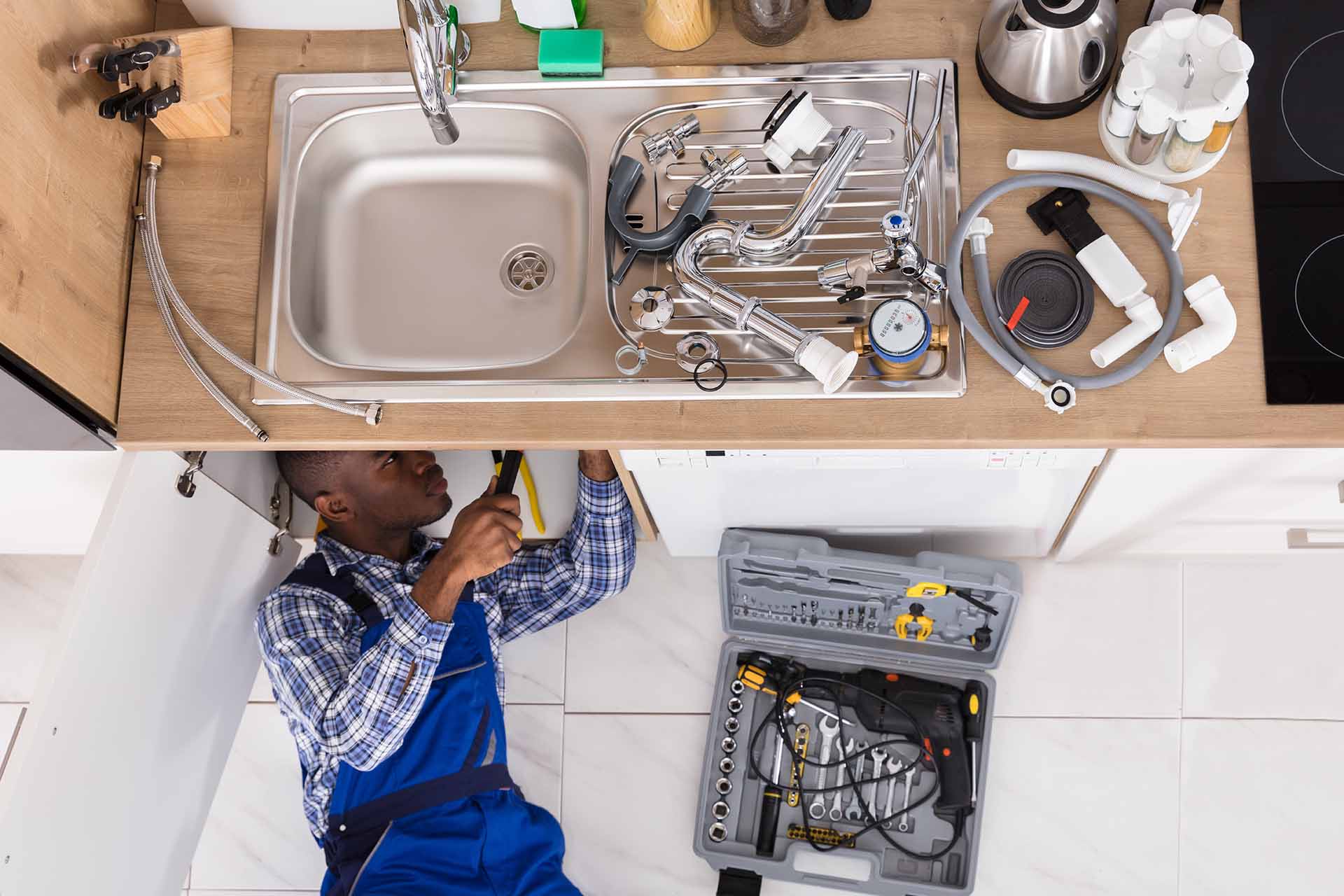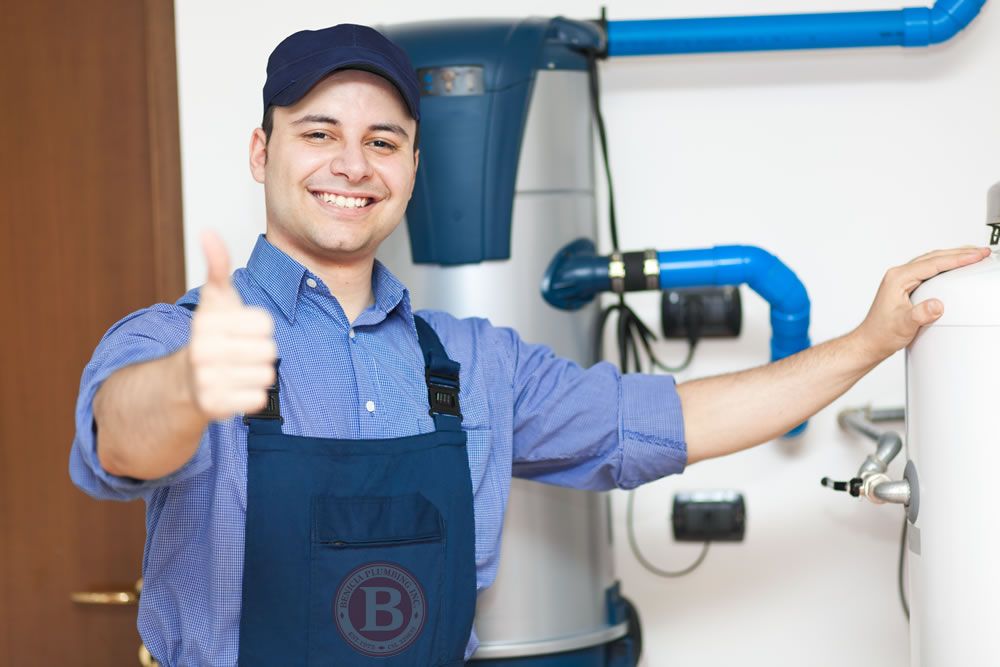Top-Rated Plumber Alabaster AL Ready to Serve You Anytime
Top-Rated Plumber Alabaster AL Ready to Serve You Anytime
Blog Article
A Step-by-Step Overview to Efficient Water Heater Setup for Optimum Performance
Beginning on the task of mounting a hot water heater is an endeavor that requires accuracy and an organized method for achieving ideal performance. The procedure starts with the critical choice of selecting the ideal heating system customized to the specific requirements of your home, considering aspects such as size, type, and power resource. Once chosen, preparing the installation location to fulfill safety and security standards is critical. However, the trip doesn't end below. As you proceed, the intricacies of connecting water supply lines and establishing trusted electric or gas connections wait for, encouraging understandings right into making sure efficiency and integrity.
Selecting the Right Water Heating Unit

Following, take into consideration the size and capability of the hot water heater. It's vital to examine your household's warm water needs, which can differ based upon the number of occupants and their use patterns. A device that's also little may result in not enough hot water, while an oversized version could cause unneeded power usage.
Effectiveness scores additionally play a critical duty in option. Search for hot water heater with high Power Variable (EF) rankings, indicating superior performance and reduced energy usage. Tankless models, though typically extra expensive upfront, offer significant power cost savings gradually due to their on-demand home heating capacities.
Preparing the Installation Area
Prior to mounting a brand-new water heating unit, meticulous prep work of the installation location is vital. It's important to gauge the area carefully to suit the water heater's measurements, making certain adequate clearance around the unit for efficient operation and maintenance.
Check the flooring for security, as the water heating unit will require a strong, degree surface area to run efficiently. If needed, mount a drip frying pan beneath the system to capture possible leaks or spills, avoiding water damages to the surrounding location.
In addition, ensure that all necessary tools and materials are on hand before starting the setup. This includes items such as wrenches, screwdrivers, a degree, and any type of extra equipment needed for mounting and securing the heating system. A well-prepared installment area establishes the foundation for a successful hot water heater configuration, optimizing efficiency and safety.
Connecting Supply Of Water Lines
When linking water lines to your recently set up hot water heater, it is essential to make certain that all links are protected and leak-free to keep effective operation and stop water damages. Begin by identifying the hot and cool water lines. The cool water inlet is generally marked with a blue get more tag or a "C", while the warm water outlet is marked with a red tag or an "H".
Usage adaptable water heating system adapters to assist in an easier installation procedure. Prior to affixing the connectors, put a plumbing technician's tape around the threaded ends of the water heating system's inlet and electrical outlet pipes.
When links remain in area, gradually switch on the main water shutoff. Evaluate each link for leaks by visually examining and really feeling for moisture. Tighten up connections as needed, and make sure the pressure relief shutoff is appropriately set up, safeguarding versus extreme stress build-up.
Establishing Electrical or Gas Links
Properly establishing up the electric or gas connections for your water heating system is a crucial action to make certain safe and efficient operation. For electric water heating systems, begin by validating that the electric circuit is suitable with the heating unit's voltage and amperage requirements.
For gas water heaters, safety and security is vital. Attach the gas line to the water heater making use of a flexible gas port, ensuring it is appropriately threaded and secured with pipe joint compound or Teflon tape suitable for gas links.
As soon as links are made, check for any kind of potential leaks. For gas lines, use a pop over to this site soapy water option to the joints; bubbles indicate a leak. For electrical connections, verify that all circuitry is protected and appropriately insulated, keeping compliance with regional electrical codes.
Evaluating and Adjusting for Efficiency
With the electric and gas connections securely in location, the following action is evaluating the operational performance of your water heating system. Begin by carefully turning on the water supply and ensuring there are no leaks at any of the joints or shutoffs.
Following, perform a complete inspection to ensure the home heating aspects or gas burners are functioning appropriately. For electrical heating systems, use a multimeter to confirm if the components are drawing the suitable existing. In gas designs, observe the burner fire; it needs to be stable and blue, suggesting efficient burning.
Readjust the setups as required to remove inefficiencies. Take into consideration applying insulation actions, see post such as including a water heating system covering, to additionally enhance performance by decreasing warmth loss. In addition, check the anode rod's condition, as a scrubby pole can lower effectiveness and bring about storage tank corrosion.
Verdict
Efficient water heater installation is critical for making certain optimal performance and power cost savings. Safely attaching water supply lines and carefully setting up electric or gas connections lessen possible issues.

Correctly establishing up the electrical or gas links for your water heating unit is a crucial action to make sure reliable and secure procedure. For electric water heating units, begin by verifying that the electrical circuit is compatible with the heating system's voltage and amperage requirements. Connect the gas line to the water heater using a flexible gas port, guaranteeing it is correctly threaded and secured with pipeline joint compound or Teflon tape ideal for gas links.
Report this page